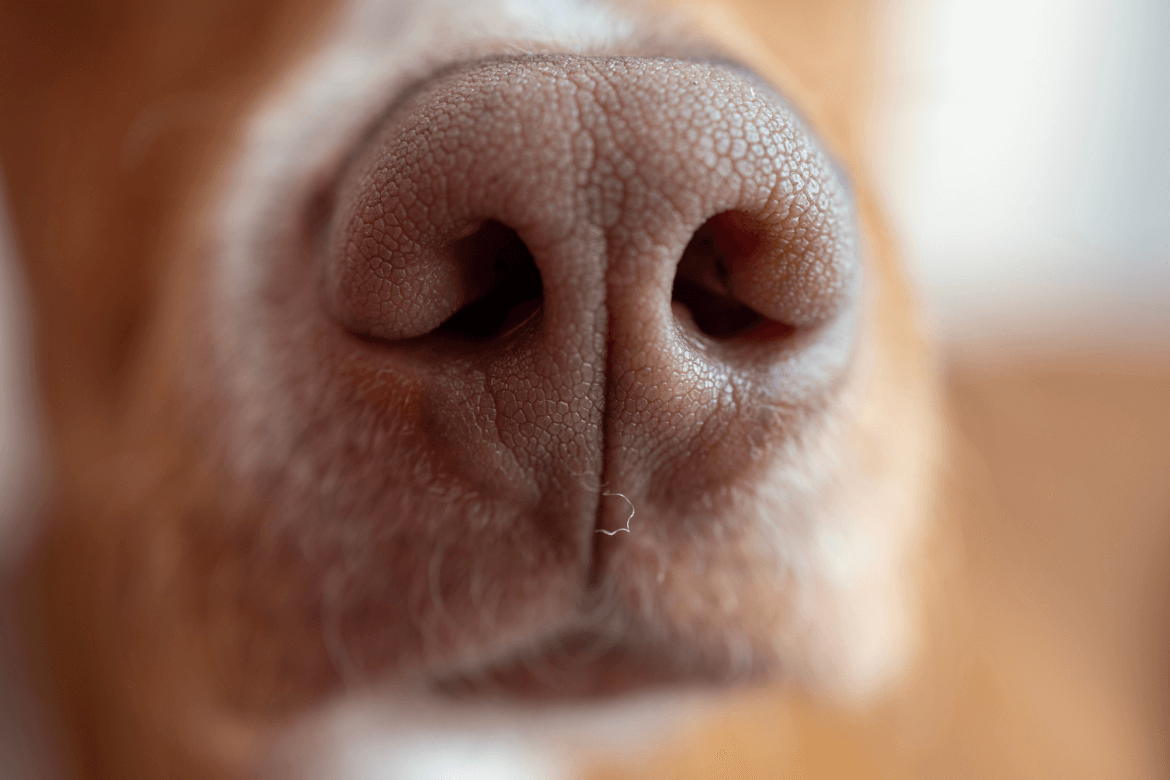What is Litter box
What is a Litter Box?
A litter box, commonly used for indoor cats, is a designated area where pets can relieve themselves. It typically consists of a container filled with absorbent material, such as clay or biodegradable litter, that helps control odors and makes cleanup easier for pet owners. Understanding the purpose and function of a litter box is essential for maintaining a clean and healthy environment for both pets and their owners.
Types of Litter Boxes
There are various types of litter boxes available on the market, catering to different preferences and needs. Traditional open litter boxes are simple and easy to access, while covered litter boxes provide privacy for pets and help contain odors. Self-cleaning litter boxes are a modern innovation that automates the cleaning process, making it more convenient for busy pet owners. Each type has its own advantages, and choosing the right one can significantly impact your pet’s bathroom habits.
Choosing the Right Litter
The choice of litter is crucial when it comes to the effectiveness of a litter box. Clay-based litters are popular for their clumping ability and odor control, while natural and biodegradable options are gaining traction for being eco-friendly. Some litters are scented to mask odors, while others are unscented to cater to pets with sensitivities. It’s important to experiment with different types of litter to find the one that your pet prefers and that works best for your household.
Location Matters
Where you place the litter box can greatly influence its usage. Ideally, it should be located in a quiet, low-traffic area where your pet feels safe and comfortable. Avoid placing it near their food and water bowls, as this can deter them from using it. Additionally, having multiple litter boxes in different locations can be beneficial, especially in multi-pet households, to ensure that every pet has access to a clean bathroom option.
Cleaning and Maintenance
Regular cleaning and maintenance of the litter box are essential for preventing odors and ensuring your pet’s health. It’s recommended to scoop out waste daily and change the litter completely at least once a week. Washing the litter box with mild soap and water during litter changes helps eliminate bacteria and odors. Keeping the litter box clean not only promotes good hygiene but also encourages your pet to use it consistently.
Training Your Pet to Use the Litter Box
Training your pet to use the litter box can take time and patience. For kittens, it’s often a natural instinct, but older pets may require more guidance. Start by placing your pet in the litter box after meals or naps, as these are common times for them to need to go. Rewarding them with treats and praise when they use the box can reinforce positive behavior. If accidents occur, avoid punishment, as this can create anxiety around using the litter box.
Common Issues with Litter Boxes
Sometimes, pets may refuse to use the litter box, which can be frustrating for owners. Common issues include an unclean box, the wrong type of litter, or stress factors in the environment. If your pet suddenly stops using the litter box, it’s essential to investigate potential causes, such as health issues or changes in their routine. Consulting with a veterinarian can help rule out medical problems and provide solutions for behavioral issues.
Benefits of Using a Litter Box
Using a litter box offers numerous benefits for both pets and their owners. It provides a designated space for pets to relieve themselves, reducing the likelihood of accidents around the house. A litter box also helps control odors and keeps the living environment cleaner. For pet owners, it simplifies the process of managing pet waste, making it easier to maintain a tidy home.
Environmental Considerations
With growing awareness of environmental issues, many pet owners are seeking eco-friendly litter options. Biodegradable litters made from materials like corn, wheat, or recycled paper are becoming increasingly popular. These options not only reduce waste but also minimize the environmental impact associated with traditional clay litters. Choosing sustainable products can contribute to a healthier planet while still providing a comfortable bathroom experience for pets.



